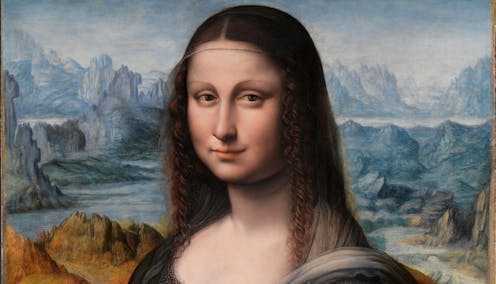In the pantheon of Renaissance art, Leonardo da Vinci’s Mona Lisa stands as an unrivalled icon. This half-length portrait is more than just an artistic masterpiece; it embodies the allure of an era marked by unparalleled cultural flourishing. Yet, beneath the surface of the Mona Lisa’s elusive smile lies a debate that touches the very essence of the Renaissance, its politics and the role of women in history.
The intrigue of the Mona Lisa, also known as La Gioconda , isn’t solely due to Leonardo’s revolutionary painting techniques. It’s also because the identity of the subject is unconfirmed to this day. More than half a century since it was first painted, the real identity of the Mona Lisa remains one of art’s greatest mysteries, intriguing scholars and enthusiasts alike.

The painting has traditionally been associated with Lisa Gherardini, the wife of Florentine silk merchant Francesco del Giocondo. But another compelling theory suggests a different sitter: Isabella of Aragon. Isabella of Aragon was born into the illustrious House of Aragon in Naples, in 1470.
She was a princess who was deeply entwined in the political and cultural fabric of the Renaissance. Her 1490 marriage to Gian Galeazzo Sforza, Duke of Milan, positioned Isabella at the heart of Italian politics. And this role was both complicated and elevated by the ambitions and machinations of Ludovico Sforza (also called Ludovico il Moro), her husband’s uncle and usurper of the Milanese dukedom.
The the.
















